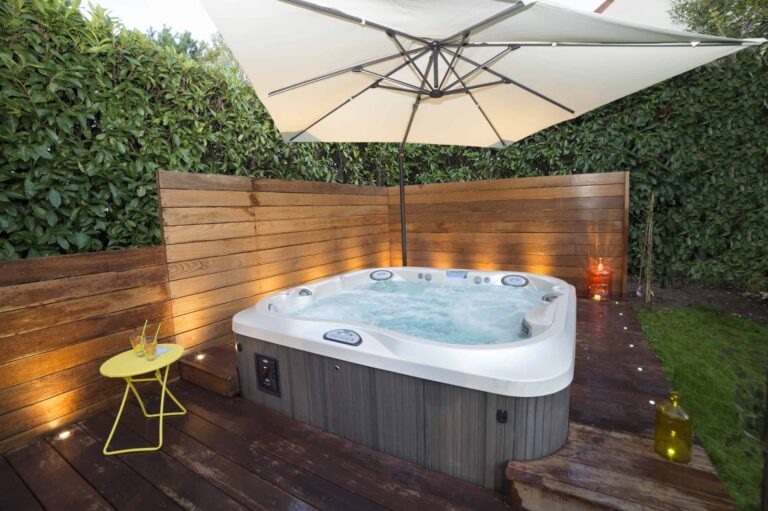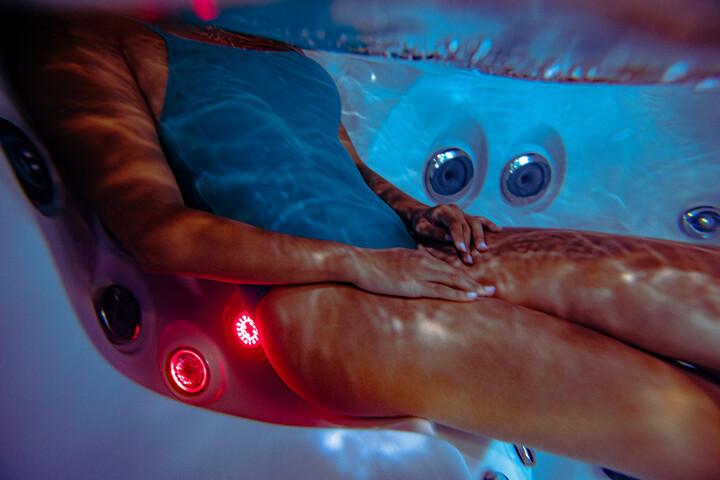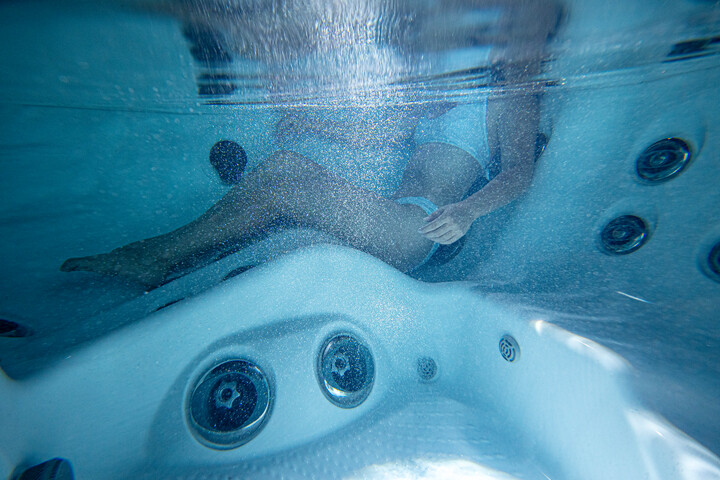What could be more enjoyable on a hot summer’s day than going for a dip in the pool? That enjoyment can be ruined, however, if your swimming pool isn’t clean.
Busy schedules and hectic days can push routine pool maintenance to the back burner. And, when that happens, problems can arise. Let’s take a look at the three major signs that your pool needs to be cleaned.
1. Strong Chlorine Smell
Many pool owners associate a strong chlorine smell with cleanliness. Nothing could be further from the truth, however. A pool with clean water will have little to no odor at all.
In fact, a heavy chlorine smell occurs only if the chlorine level of your pool isn’t able to keep up with the contaminants —such as sweat and sunscreen — invading your water.
Avoiding this problem means keeping your water clean. And that, in turn, means testing your water’s chlorine levels at least once each week. Levels should fall in the 1.0 and 3.0 parts per million (ppm) range. If they are above or below that, you will need to adjust chlorine levels accordingly.
Raising chlorine levels is as simple as adding a chlorine product to the water. Chlorine tablets work well and require no measuring. Simply pop the tablet into your pool’s skimmer.
2. Cloudy or Murky Water
Cloudy water is a clear indication that it’s suffering from a chemical imbalance. The reasons for that imbalance can vary greatly from heavy rain and lack of sunlight to poor filtration or circulation.
When this happens, you should stay out of the pool until the problem is fixed. In most cases, this can be done with a simple chemical treatment.
Start by shocking the pool. The amount of shock you’ll need to use can be determined with a simple calculation: one pound for every 10,000 gallons of water.
Once shock has been added, check the filter to make sure it’s working properly. It should run for at least eight hours a day to keep your pool clean and water balanced. If your filter is clean and working well, it’s time to vacuum the pool to rid the bottom and walls of dirt and grime.
Next, you’ll need to balance your pool chemicals. Start by testing for alkaline, pH and chlorine levels with a test kit. Your water’s pH levels should fall in the 7.4 to 7.6 range.
If they are above or below those levels, you will need to adjust your pool’s chemicals to balance the water. Alkalinity should range from 80 to 120 ppm.
3. Green Water
If your water is anything other than a nice clear blue, that’s a sign something is wrong. Green water signifies an algae problem.
The best way to prevent algae from forming in your pool is to keep your water balanced and sanitized. Without a strict maintenance schedule to keep the water’s pH levels even, algae can appear on the walls of your pool.
If your pool looks like a pond, the only solution will be to drain and clean your pool thoroughly. If it’s more of a greenish haze, however, you should be able to get it cleaned up with a few simple steps.
Start by testing and balancing the pool’s pH levels and then add a shock treatment. The treatment will need to be powerful — 30 ppm of liquid chlorine — to break down and kill the algae. Next, simply sit back and let your pool’s filter do its job. Allow it to run for 24 hours, stopping only to give the filter a good rinse every few hours.
Once your water is clear again, it’s a good idea to add an algaecide to keep the algae from coming back.
Poolside Spa Services
If you need more tips on keeping your pool clean, you’ve come to the right place. Get in touch with us at Poolside Spa Services, your top supplier of pool cleaners and pool accessories.
Whether you need new pool supplies or are seeking advice from one of our experts, we’d love to help. Drop by one of our two showrooms or send us a message with any questions you might have.



